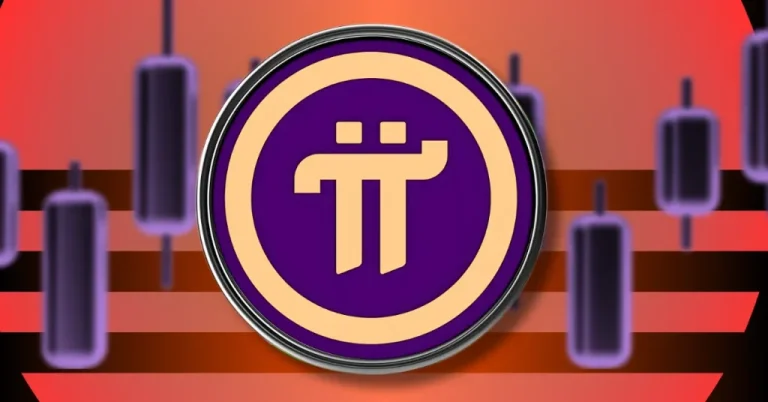The post Can the Pi Network Price Hit Zero? appeared first on Coinpedia Fintech News
Pi Network started 2025 on a strong note, hitting an all-time high of $2.99 in February. But the token soon lost momentum, collapsing throughout the year. In August, it dropped to $0.33, and by September, it set a new all-time low of $0.2552. Today, Pi trades close to $0.26 with a market cap of about $2.1 billion.
The steep fall has fueled questions across the crypto community. Is Pi about to collapse? Could it follow the path of failed projects like BitConnect, which once traded at $460 before crashing to zero?
Why Pi is Struggling
Several factors weigh on Pi’s price. Despite its massive community, the token still lacks listings on leading exchanges like Binance and Coinbase. Speculation around listings earlier in 2025 faded after concerns about transparency and regulatory compliance.
Heavy token supply unlocks have also added selling pressure. Without equal adoption or stronger demand, Pi faces consistent downward momentum.
Market Manipulation Concerns
There are also reports about unusual trading patterns on centralized exchanges such as OKX, Gate.io, and MEXC. High volumes in both spot and futures markets show that whales and market makers may be steering Pi’s price. Short squeezes and sharp swings add to concerns that retail investors are being outplayed in a market with low on-chain liquidity.
What’s Next For Pi?
According to CoinCodex, Pi is predicted to trade between $0.18 and $0.72 in 2026, with an average price near $0.36. While this outlook leaves room for recovery, it also signals that further losses are possible.
Analysts warn that a large token unlock could trigger heavy selling and a fast price drop. Others say Pi could recover if it proves transparency, completes broader exchange listings and resolves KYC and withdrawal issues. For now, the situation remains uncertain and the risk to holders is high.
Unless Pi achieves greater decentralization, and broader exchange access, its long-term survival remains in doubt. The risk of Pi drifting closer to zero cannot be ignored.

